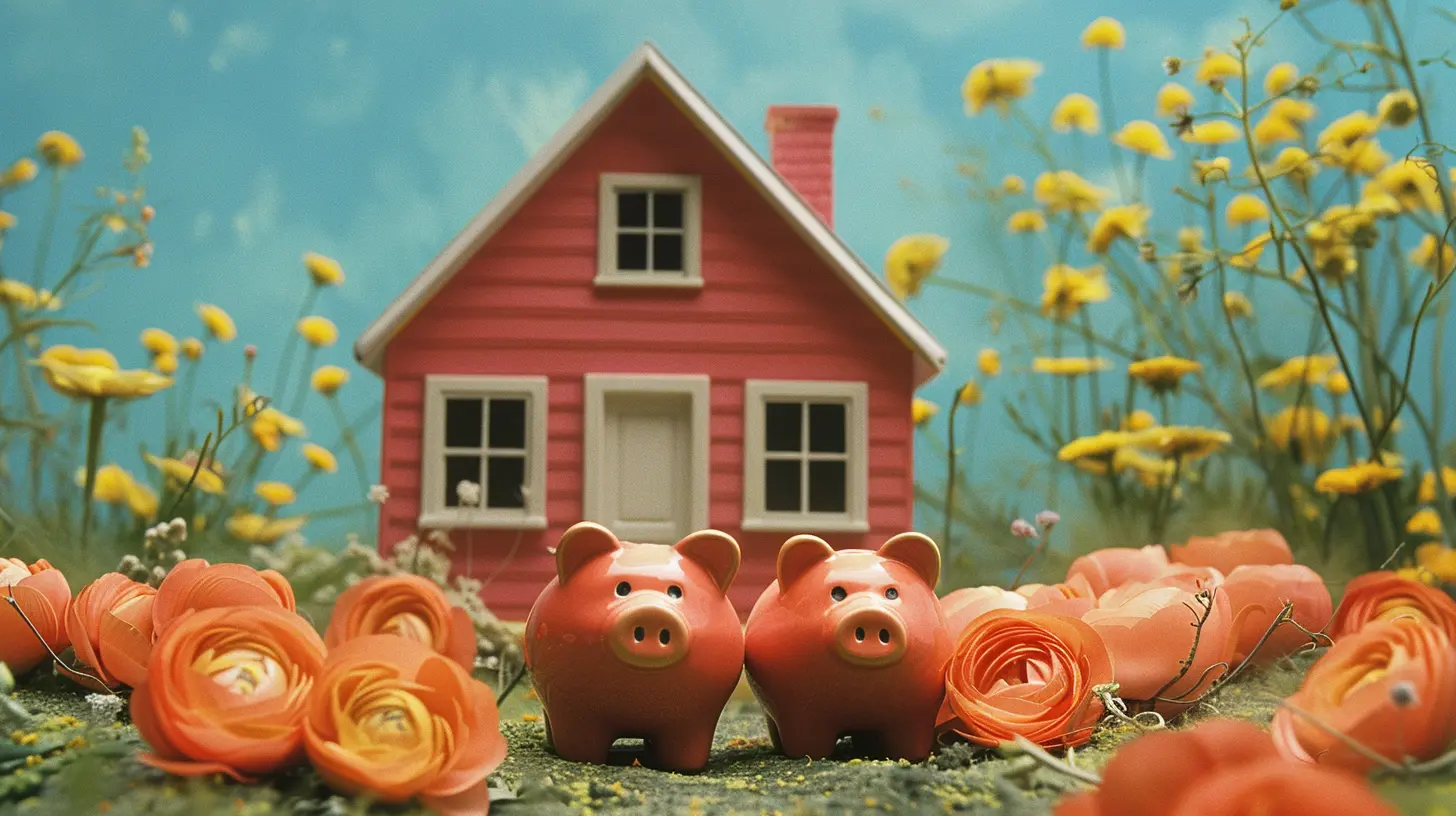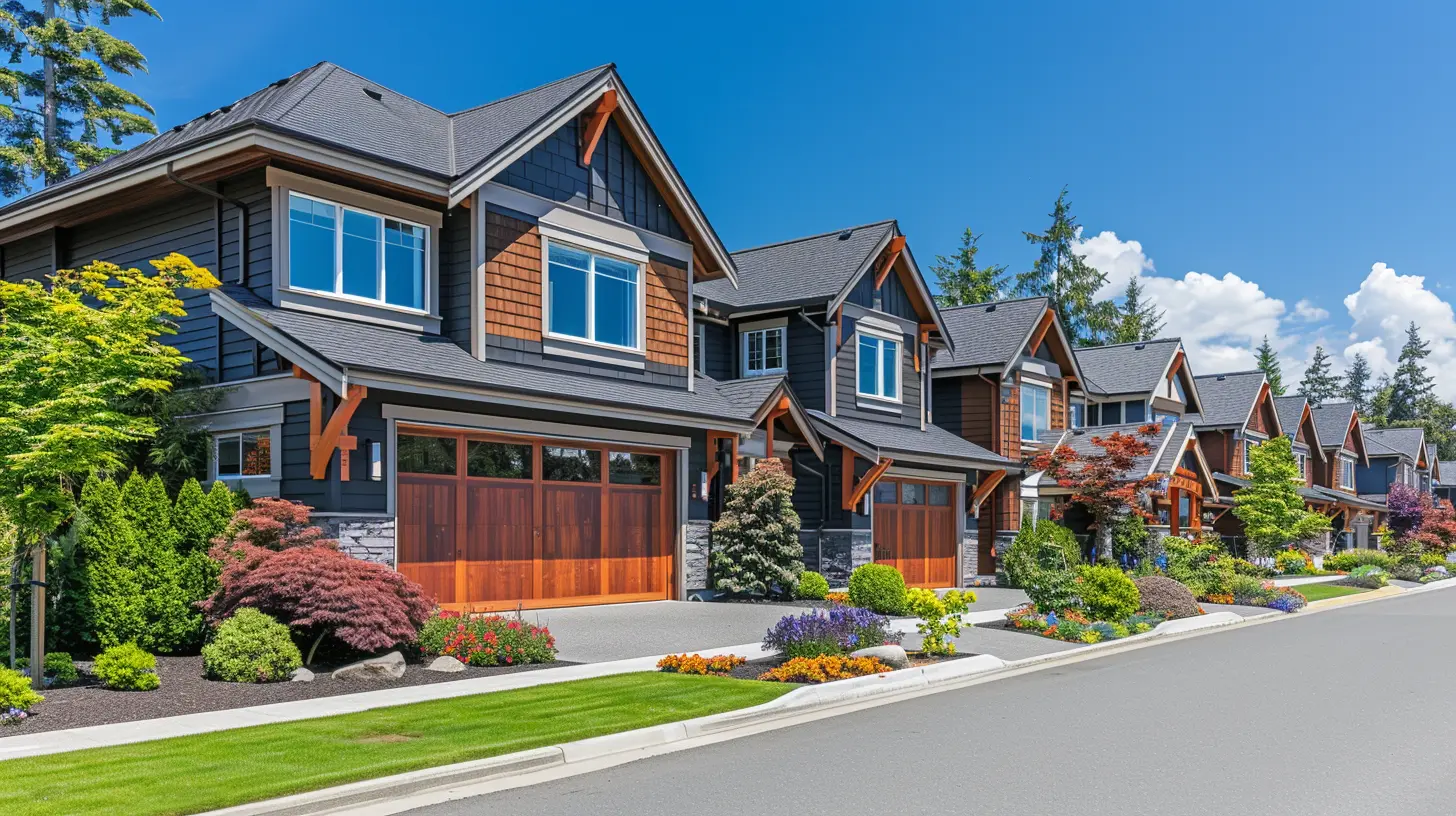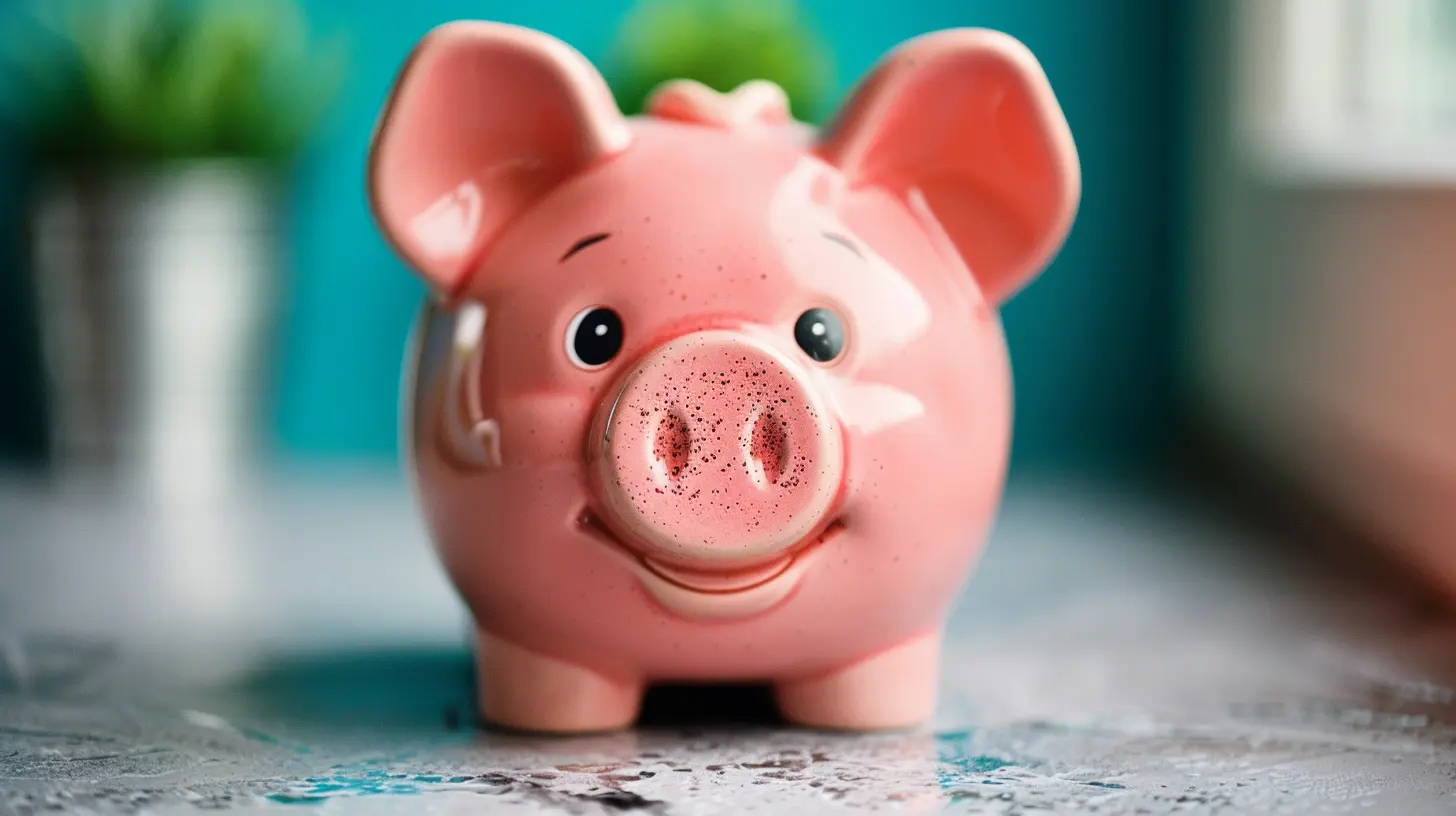Why a Bigger Down Payment Might Save You Money in the Long Run
5 June 2025
When you're buying a home, one of the biggest questions to tackle is how much to put down upfront. Should you scrape by with the minimum down payment, or go all in with a larger one? Sure, the idea of putting down less might sound tempting (who wouldn't like to hang on to their cash?), but here's the kicker: making a bigger down payment could actually save you a mountain of money over time. Let’s break it all down, piece by piece, and figure out why going big on your down payment might be the smartest money move you’ll make.
What is a Down Payment, Anyway?
Let’s start with the basics. A down payment is the chunk of money you pay upfront when buying a home. Think of it as your "skin in the game." The rest of the purchase price gets covered by your mortgage loan (unless, of course, you’re one of those rare folks paying all cash).Most lenders require at least a minimum down payment—typically 3% to 20% of the home's price, depending on the loan type. But you don’t have to stop at the minimum. In fact, the bigger the down payment, the smaller the loan you'll need. Simple math, right? But don’t let its simplicity fool you—the ripple effects of that bigger payment can be absolutely game-changing.
How a Bigger Down Payment Impacts Your Mortgage
1. Lower Your Loan Amount
Here’s where the magic happens. With a larger down payment, you’re borrowing less from the lender. Let’s say you’re eyeing a $300,000 home. If you put 20% down, that’s $60,000 upfront, leaving you with a $240,000 loan. But if you only put down 5%, that's $15,000 upfront—meaning you'll need a $285,000 loan instead.Borrowing less means smaller monthly payments. But wait—there’s more! When you reduce your loan amount, you also slash the total interest you’ll pay over time. And we all know that mortgage interest can add up to a scary amount (we’re talking tens of thousands of dollars, easy).
2. Get a Better Interest Rate
Here’s a little secret about lenders: they reward lower-risk borrowers. And guess what? A bigger down payment makes you look way less risky. Why? Because when you’ve got more equity in your home from day one, lenders feel more confident that you’ll stick around and pay off your loan, even if the housing market wobbles.That confidence often translates into a lower interest rate for you. Even a tiny fraction of a difference in your interest rate can seriously impact how much you'll pay over the life of the loan. Think of it like buying something on sale—except instead of saving 20 bucks on a pair of shoes, you’re saving thousands (or even tens of thousands) on your home loan.
3. Avoid Private Mortgage Insurance (PMI)
Oh, PMI—the bane of small down payments. If you put less than 20% down, most lenders will require you to pay for private mortgage insurance. It’s basically their way of protecting themselves in case you default on the loan. The cost of PMI usually runs between 0.3% and 1.5% of your loan amount annually, and trust me, that can add up fast.Let’s go back to that $300,000 house example. If you put 5% down and are hit with a 1% PMI rate, you’re talking an extra $2,850 a year—or about $238 per month—on top of your mortgage payment. That’s money you’ll never see again. With a 20% down payment, you can kiss PMI goodbye and keep that cash for something meaningful, like sprucing up your new backyard or taking a much-needed vacation.
4. Shorten the Life of Your Loan
Here’s another perk: if you can afford a bigger down payment, you might be able to opt for a shorter loan term, like a 15-year mortgage instead of the standard 30-year one. While your monthly payments will be higher on a shorter loan, you’ll save a ridiculous amount on interest.Imagine paying off your biggest financial asset in half the time and saving tens of thousands of dollars in the process. Sounds good, right? That’s the power of reducing your loan balance right from the get-go.
The Long-Term Financial Benefits of a Bigger Down Payment
Now that we’ve covered how a larger down payment can lighten the burden of your mortgage, let’s zoom out and look at the bigger financial picture.1. More Equity = Greater Financial Flexibility
When you put more money down, you own a bigger slice of your home from day one. This larger equity cushion can be a lifesaver if you need to sell your home down the road. Life happens—whether it’s a job relocation, a growing family, or an unexpected expense. With more equity, you’re less likely to end up "underwater" (owing more on your home than it’s worth) if the market takes a dip.2. Lower Stress in Tough Times
Imagine losing your job or hitting a rough financial patch. Scary thought, huh? Having a lower mortgage payment because of a larger down payment can be a major stress reliever. It’s one less financial strain to worry about when life decides to throw a curveball.3. Better Odds of Buying a Home You Truly Love
Let’s face it: buying a home you truly love often comes with a price tag. A larger down payment might give you access to a bigger loan (since lenders factor your down payment into what they’re willing to lend). So, instead of settling for a house that feels "meh," you might be able to snag the one that feels just right.
When a Bigger Down Payment Isn't the Best Option
Okay, before we get carried away with all these benefits, let’s pump the brakes for a sec. Are there times when putting more money down isn’t the smartest move? Absolutely.If pouring your savings into a down payment leaves you without an emergency fund or other financial safety nets, it might be better to hold back. The last thing you want is to become "house poor" (owning a great home but being flat broke). After all, you still need money for things like closing costs, moving expenses, home repairs, and—you know—actually living your life.
How to Save for a Bigger Down Payment
The idea of coming up with tens of thousands of dollars can feel overwhelming, but it’s not impossible. Here are a few tips to fatten up that savings account:- Set a Savings Goal: Break it down into smaller, achievable milestones. For example, if your goal is $40,000, aim to save $10,000 every six months.
- Cut Non-Essential Spending: Those daily lattes and subscription services add up fast. Sacrifice a little now to gain big later.
- Consider Side Hustles: Whether it’s freelancing, selling unused items, or driving for a rideshare company, extra income can turbocharge your savings.
- Automate Your Savings: Set up an auto-transfer to a dedicated “down payment” account. What you don’t see, you won’t spend!
Bottom Line: Bigger Really is Better (Most of the Time)
When it comes to down payments, size matters. A larger down payment not only reduces your mortgage stress but also saves you a small fortune over time. From lower monthly payments to avoiding pesky PMI, it’s a financial strategy that pays off in spades—literally.That said, it’s all about balance. Don’t empty your savings just to hit a specific percentage. Keep your financial health in check and make sure you’re comfortable with what you’re putting down. At the end of the day, the goal is to make your homeownership journey a joyful one—not a stressful money pit.
So, what’s your move? Are you ready to go big on your down payment and reap the rewards? The choice is yours.
all images in this post were generated using AI tools
Category:
Down PaymentsAuthor:

Melanie Kirkland
Discussion
rate this article
2 comments
Zinnia Kim
Think of a big down payment as your financial superhero—saving you from mortgage villains and interest monsters!
November 9, 2025 at 3:50 AM

Melanie Kirkland
Absolutely! A larger down payment can significantly reduce your loan amount, leading to lower monthly payments and less interest paid over time—your financial superhero indeed!
Carly Taylor
This article clearly outlines how a larger down payment can reduce monthly payments and overall interest costs. It effectively highlights the long-term savings potential, making a strong case for buyers to consider maximizing their initial investment.
June 29, 2025 at 11:44 AM

Melanie Kirkland
Thank you for your positive feedback! I'm glad you found the article helpful in illustrating the benefits of a larger down payment.


